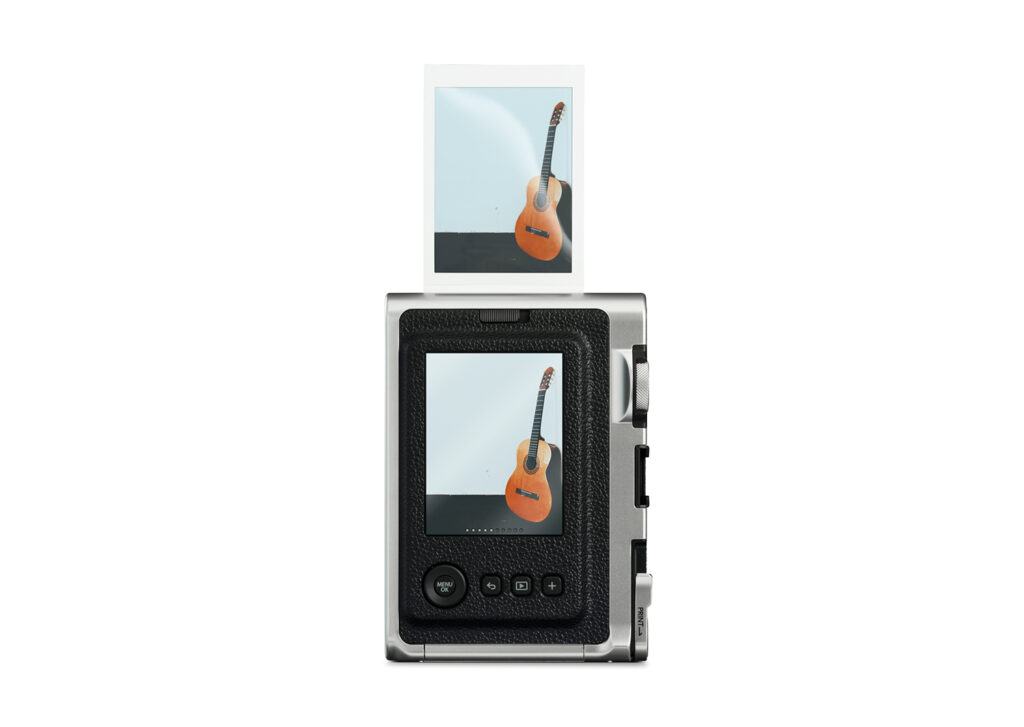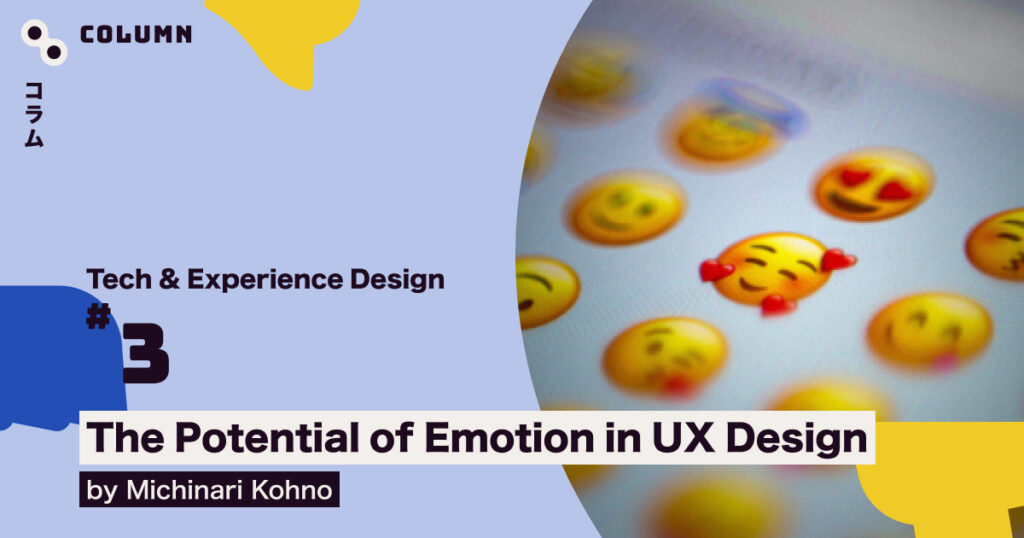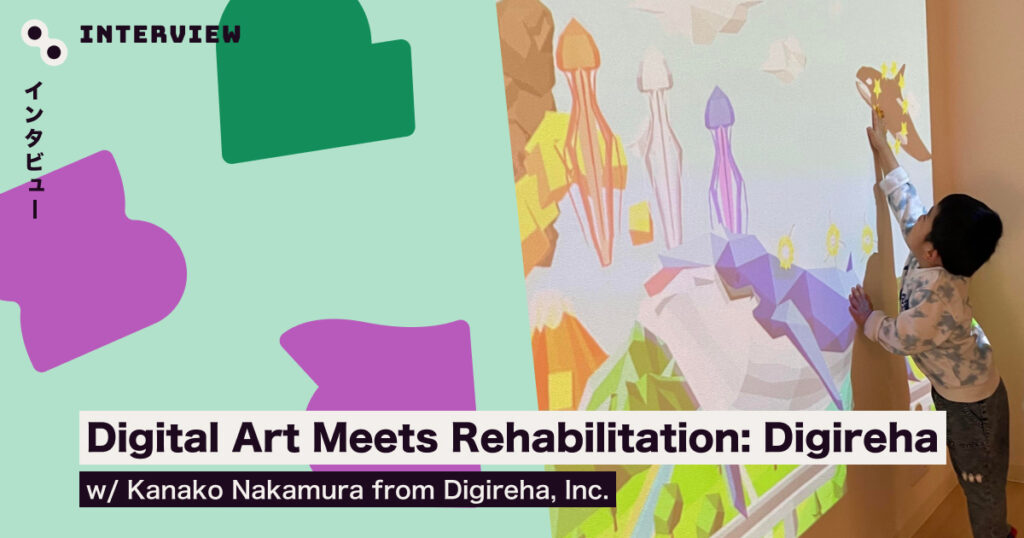Is That Photo Real? Photography in the Modern Digital Era

Today, taking photos and video has become a snap with the introduction of high-performance cameras in smartphones. The lenses, sensors and internal mechanisms taken for granted in smartphones are more advanced than almost any digital camera from previous eras.
Further, editing and photo correction is simple and commonplace. Dark areas or night scenes can be photographed as clearly as broad daylight, allowing colorful and vivid images to be captured almost anywhere, at any time.
The art of filters
For smartphone digital cameras, using filters is now very common, and many apps offer “computational photography,” allowing captured camera data to be processed according to the capture environment. This means that almost any smartphone camera produces optimal photographic images after analysis, processing and modification.
In other words, processes that would have required an expert to retouch and optimize digital photos just a decade ago are now taking place automatically inside your smartphone.
Today it’s very common for people to enhance the photos they post on social media, and many selfies are also taken with the assumption they’ll be processed. Popular photo editing apps include VSCO, Snapchat and Facetune (Facetune2, at current). Each user has a preferred way of using these apps, along with their own favorite filters.
It’s also very common for social media influencers to select one photo out of dozens to get the one they like, almost as if imitating computational photography through personal selection.
This trend of “filtering” is not explicitly limited to photography, and has been prevalent in Japan since around 2000. The term originally came from the photo booth “purikura” (print club) phenomenon, where “filtered” meant exaggerating one’s persona. Yet today in regard to photography, it means “to express cuteness, coolness or beauty greater than one’s original self” through photo processing.
Purikura photo booths use processing to generate beautiful skin, larger eyes or a smaller face, and processed photos are printed on stickers sheets on the spot. Although purikura was also introduced in China, Singapore and Taiwan, it never performed well there, and most manufacturers have withdrawn from the market. In Japan, they remain popular, and today in 2022 they’re still a unique and mysterious facet of Japanese culture.
Processed photos have become so common that when some people see unedited photos of themselves, like in a driver’s license or passport photo, they might feel like it’s not real, even if the photo was taken under suitable lighting or with makeup using a high-resolution camera.

In response to these extreme filtering trends, when popular Instagrammers post photos that are taken without processing, some use the hashtag #nofilter to show off their photos. Another recent trend is the “0.5 selfie,” which uses 0.5x zoom in a different way from its intended purpose to take distorted photos with super long arms, huge foreheads and tiny bodies.
Recently in Japan, there has been a revival of disposable cameras, called “Utsurundesu” in Japanese, a term first coined by Fujifilm. Traditional-style photo apps for smartphones are also popular, alongside a mysterious breed of app that recreates the classic inconvenience of waiting after taking a picture to actually view it, including a simulation of time spent developing film.
Rediscovering photography
Camera functionality and performance continues to improve for the sake of convenience. Even if cameras’ video capture performance that can record thousands of shots over an extended period reinvents how images are captured, the act of photography that encapsulates time and perspective is not expected to disappear.
As you may be aware, mainstream photography has completely shifted from digital cameras to smartphones, excluding professional use and hobbyists. According to statistics from the photo-sharing website Flickr, a very high number of photos posted are now taken with iPhones.

Even among those who have used a traditional film camera, it’s now easy to forget that there was a limited number of exposures available (12 to 36), alongside not really knowing what your pictures were going to look like without getting them developed. In 2022, due to the effects of the global coronavirus pandemic, some photographers who use digital cameras have admitted to not finding the chance to use them even once during this tumultuous time.
At this juncture, we must take into consideration whether the information around us, not only photographs, is really information as is, or information that is somehow pre-processed. That said, some trends indicate that people are comfortable sending or receiving information without concern for whether it has been pre-processed.
Even in the digital world, new value and attachment are created by seeking accuracy, speed and perfection. Conversely, they are also created by intentionally seeking the inconvenience and unwieldiness of a bygone era no longer possible in our digital world. In this regard, there are a number of elements and approaches that can be considered.
● Setting specific limits in our digital and online world, which tends to be unrestricted
● Presenting in a certain order that cannot be discovered immediately
● Presenting information individually that can only be handled as a single unit
● Information that can’t be undone, can’t be restored if erased, and can’t be replicated
● Information that’s easy to engage even for beginners, but like a musical instrument, it must be
mastered to be fully taken advantage of
● Information that’s not too convenient and incorporates intentional inconvenience or a lot of effort.
By artificially designing information through the means above, it is possible to intentionally articulate user behavior as they are inclined to treat such information with care, as it can represent powerful ephemerality, importance and emotion. Even in the internet world, where everything is connected, this can lead to new connections and values by expressing a perceived distance between sources of information or people, in addition to possible physical distance and time gap between people.
“Cheki” (Polaroid) cameras exceed digital camera sales
Worldwide digital camera sales are currently just under 10 million units per year. While most of them have been replaced by smartphones, Fujifilm’s instax mini (the so-called “cheki,” or Polaroid) has recently been extremely popular worldwide, with up to 10 million units sold annually.
What is the significance of instant cameras in today’s world, where photos are immediately available via smartphones? Instant cameras don’t offer particularly high resolution, and if the shooting environment is poor, the user can more or less forget about taking a proper photo. Above all, cheki photos come with significant cost per capture.
However, cheki photos are printed on the spot and can be given to someone. A personal note can be written on them, or they can be displayed. The photo remains a physical object, and it can even be copied if desired. In a way, these instant cheki cameras get back to the true essence of photography.
The latest model “instax mini Evo” has a lever to imitate a film camera, although it’s not actually necessary. How can we become attached to digital data in the same way that we become attached to different objects and forms of information? Deep consideration of why our precious memories are so important will lead to even more meaningful digital services in the future.

・・・
In “A Design In The Life” series, we will provide hints on improving the resolution of the design experience from the perspectives of both design in daily life and design in digital space. If you have a topic you would like us to cover, please let us know.














